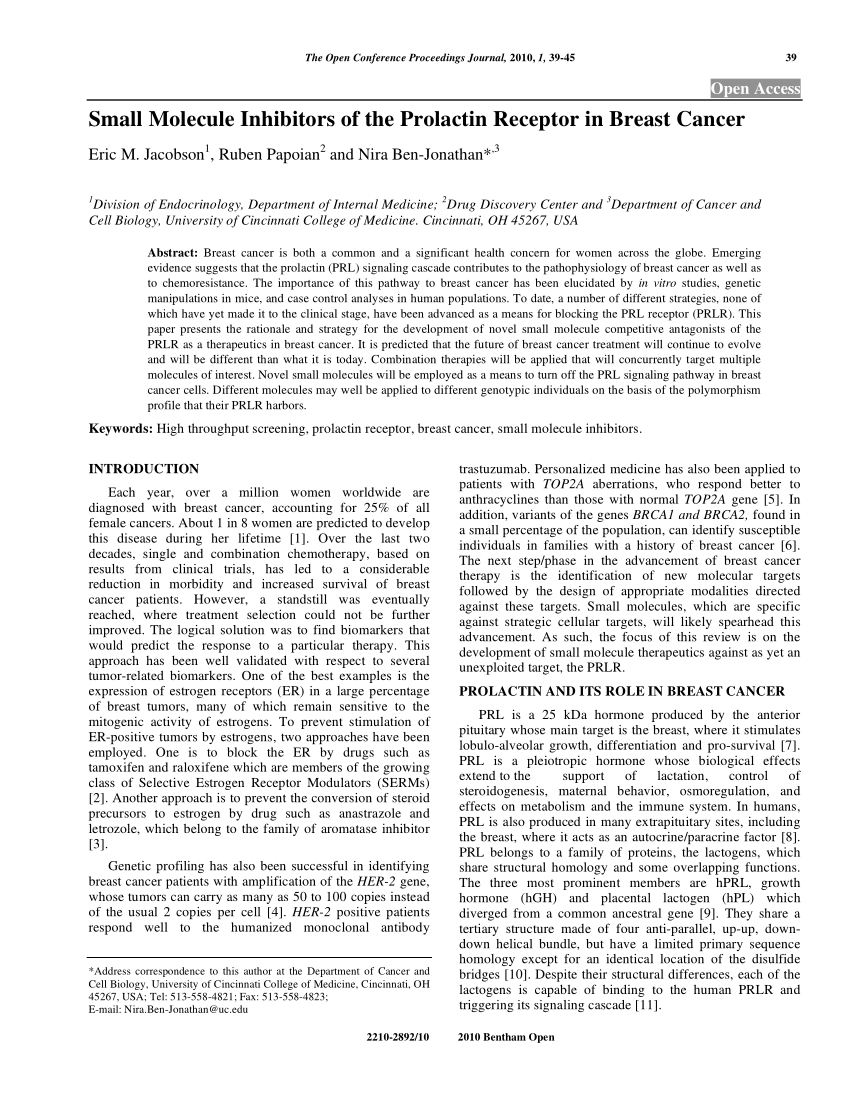- Reaction score
- 732
void
Last edited:
Not sure yetDamn bro, this sounds awesome! How many people will follow this protocol, are you going to share your results/experiences?
My bad, didnt see the part about using low volume. Really cool stuff.It won't kill you.
Amazing find, you are a genius!«Although PRL has been shown to be involved in a wide spectrum of biological functions, including immune responses, metabolic functions or bone formation / turn-over (5), it is viewed as a modulator, rather than a key regulator of these functions. Therefore, no major problem of toxicity is anticipated, although we should remain vigilant since many of the actions attributed to PRL have been identified and studied using animal models. Reproductive performance appears to be the physiological function that is the most sensitive to abnormal PRL levels, since both hyper- and hypoprolactinemia lead to fertility problems. In the current state of the art, no other major function should be significantly altered following administration of PRLR antagonists.»
Not gonna lie. You will develop most likely within this decade a treatment cure in your basement before any other company does so in the next 3-4 decades lol.Yes treat one area at the time rather than going nuclear. Wake up dormant stem cells part for part in the scalp.

Quoted from the molecule's patent :There should be zero side effects from this except maybe a headache for some people. Using it topically the dose won't be nearly high enough to do much systemically, and shutting down prolactin is pretty safe to begin with in men. That's assuming we'll be able to use it topically. I don't even know the solubility of this molecule.
That's it.Which molecule? This one?

(PDF) Small Molecule Inhibitors of the Prolactin Receptor in Breast Cancer
PDF | Breast cancer is both a common and a significant health concern for women across the globe. Emerging evidence suggests that the prolactin (PRL)... | Find, read and cite all the research you need on ResearchGatewww.researchgate.net
BTW your approach is good
Hahah lmao made my dayNot gonna lie. You will develop most likely within this decade a treatment cure in your basement before any other company does so in the next 3-4 decades lol.
Thanks man!Amazing find, you are a genius!
Aren't people still trying to get the group buy going for that?KY19382 is what all the cool kids are using now.
HahahSlow down cookie man, you are finding new treatments faster then anyone can actually use them.
Once the cells have been roused in one area, how long should they theoretically stay functional before retreatment would be necessary? I assume we wouldn't expect the same kind of continuous regrowth post-treatment as with the antibody?Hi everyone. Lot of talk about prolactin these days. But it is just so freaking promising. Prolactin might be responsible for keeping stem cells in a dormant state (credit to @pegasus2 and @ElToso for this find about dormancy). Which might be the reason why it is so hard to get regrowth even with a really potent WNT-agonist.
So let me introduce what I call "Prolactin Minitherapy". This is a novel way to potently inhibit prolactin locally in the hair follicle. This minitherapy protocol suggests using a really high concentrated topical with a prolactin antagonist. But use a low volume of it. In other words a strong solution of PRL inhibitor, on a small area. Treatment in the area continously for 3 months. To "wake up" the dormant stem cells, and then switch to another small area. Working through the whole scalp eventually.
By keeping the % high, but total volume low we minimize the risk for side effects if it goes systemic. The effects of BAY were lasting, so in theory it will be with this protocol as well. The high % of PRL inhibitor will absolutely flood the cells in the treated area with these antagonists, the intracellular level will be high. This concentration will be needed in order to compete with prolactin for the PL receptor. This is the same mechanism as CB uses, they leverage the sheer volume, and don't focus on pure binding affinity. Not that CB is an amazing treatment, but to be so weak in terms of binding affinity, it tells us this method work.
We have found a SMI (small molecule inhibitor) for prolactin. We have a discord you can join. PM me for invite.
This might be the key for regrowth we have been missing for a long time!
